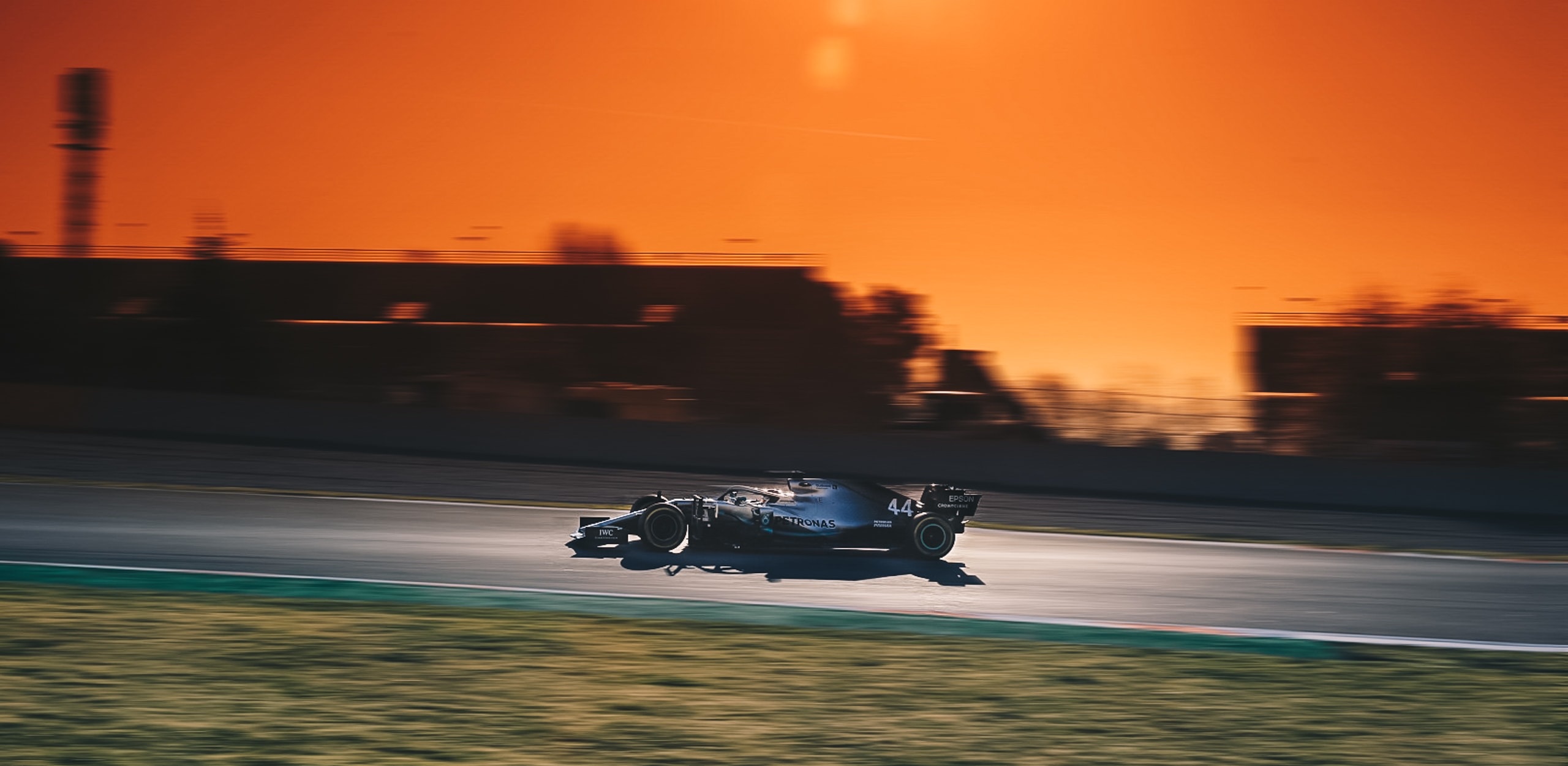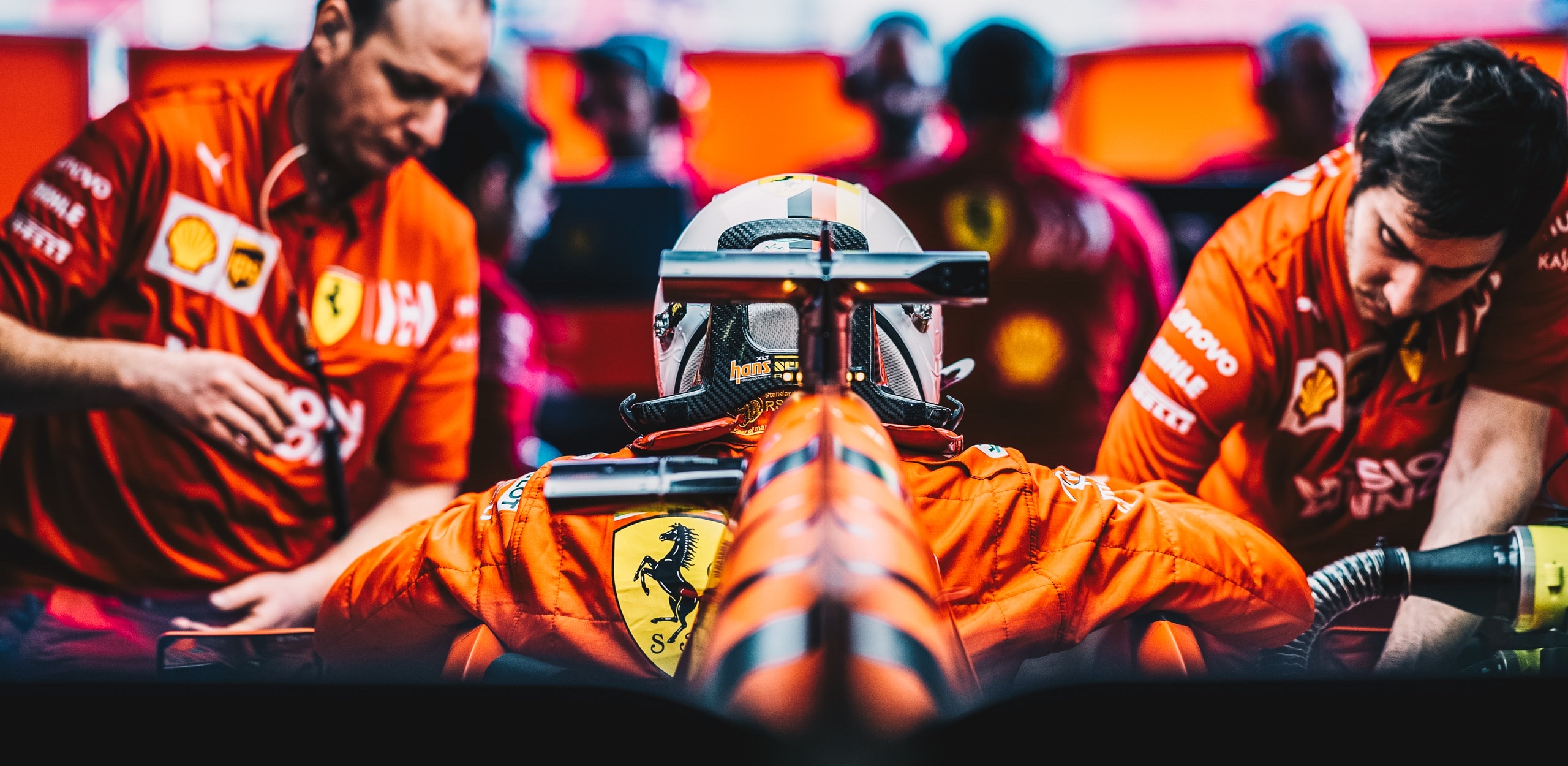
The Scuderia raises the bar for the 2019 F1 season, as Mercedes-AMG finds themselves short on speed and answers.
Following the first F1 testing week at the Circuit de Catalunya, Ferrari commanded the time sheets as Mercedes grew ominously quiet. The second week promised that all would revert to the status quo of the past five seasons. Surely, the 2019 rules-induced aero changes couldn’t have made that much of a pronounced shift in competitiveness?
Week 2 began with rumours of Mercedes contemplating a major aero-system re-start, then on to vicious crashes for Red Bull and Ferrari that robbed them of hours of needed running, and Toro Rosso and McLaren demonstrating comparatively serious advances in speed.
The week ended with Lewis Hamilton’s single last-light hero-lap that just missed taking fastest lap of the tests from, yes, the dialled-in duo of Sebastian Vettel and rookie wonder Charles Leclerc. Their Ferrari SF90 maintained its amazing consistency, speed and drivability from its first lap of last week.
As the teams wrap their cars for the long haul to Melbourne, we reflect on a week of even more unexpected turns of speed and unanswered questions.
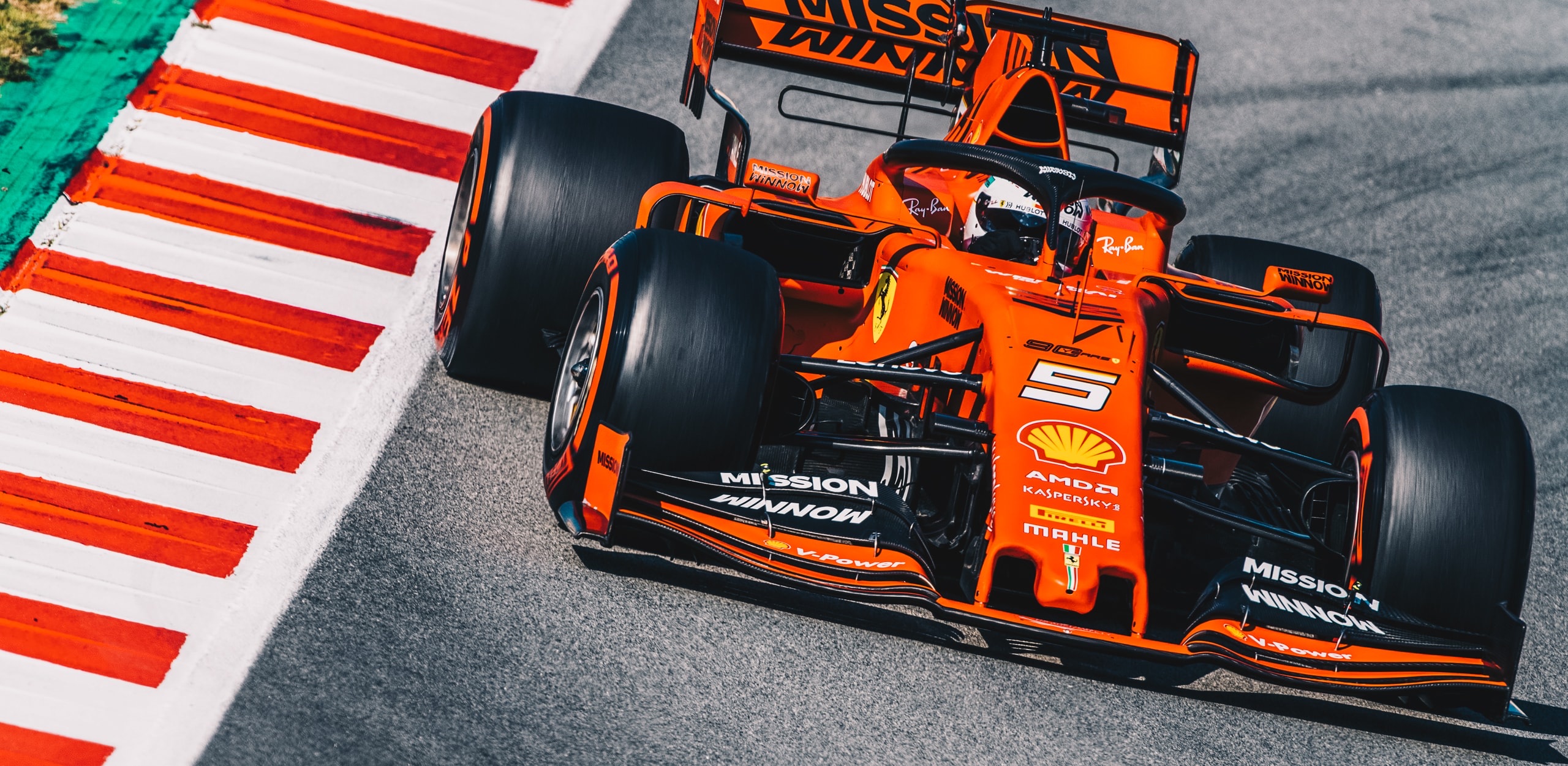
Ferrari’s matte-red rocket looked instantly drivable, comfortable and fast last week and continued to pile on the laps this week while going even quicker. Precise from turn-in through the exit, the SF90 cornered as if on rails. Sebastian Vettel grabbed the fastest time of the two-week test on Friday morning with a lap of 1.16.221s on Pirelli’s C5 tyre, just three-thousandths of a second faster than Lewis Hamilton’s hero-lap late that afternoon on the same tyres.
Charles Leclerc stepped up rather quickly to his first Ferrari pre-season test putting in a 1.16.231s lap on Thursday morning, only a tenth of a second off Vettel. Over lunch, he quietly suggested that there was plenty more left in the car.
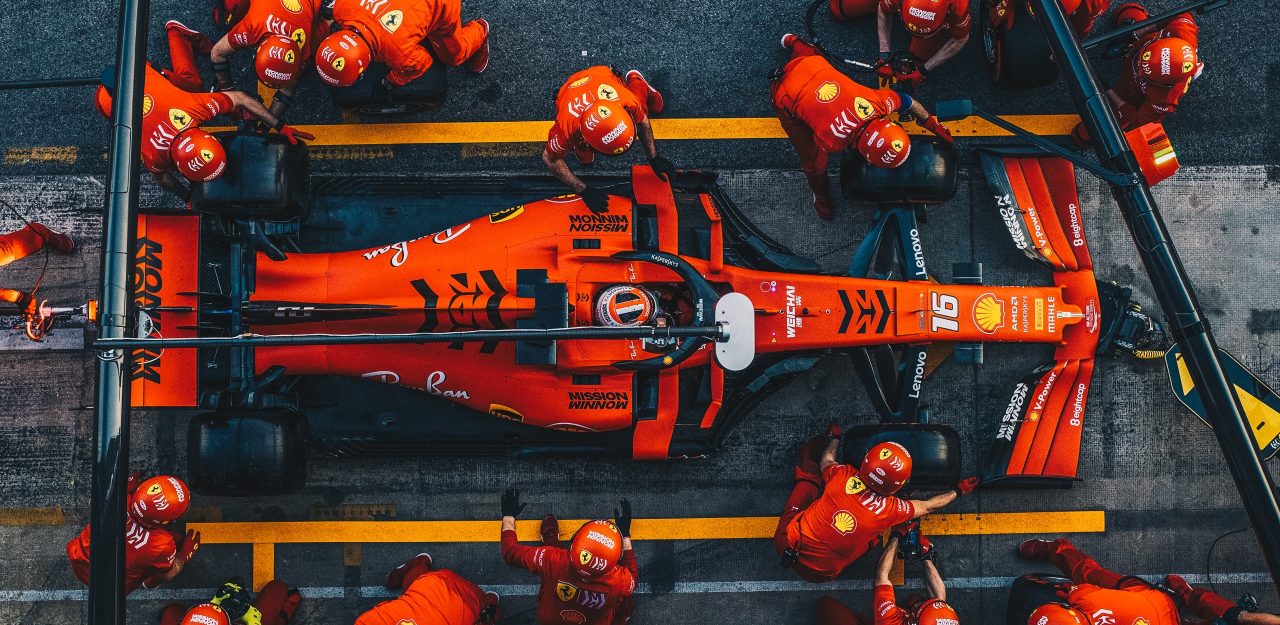
“Obviously like every team we are not flat out,” said Leclerc. “There is still some margin. There is a bit in myself. The car feels comfortable, from day one the balance is pretty nice, and it hasn’t changed.”
Not to say it was all easy. A wheel rim failure flung Vettel into the wall on Day 2, and Leclerc had to sit out Thursday afternoon due to an exhaust problem.
As another point to the certainty of Ferrari’s out-of-the-box speed, here’s one more observation. After setting his quickest time, Vettel switched to a set of harder C3-compound Pirellis and produced a lap of 1.16.770s. Allowing for the speed differential of tyre compounds, Vettel could ultimately lap well below the 1.15.900s mark.
Ferrari will arrive at the Melbourne circuit as the leaders of both speed and consistency.
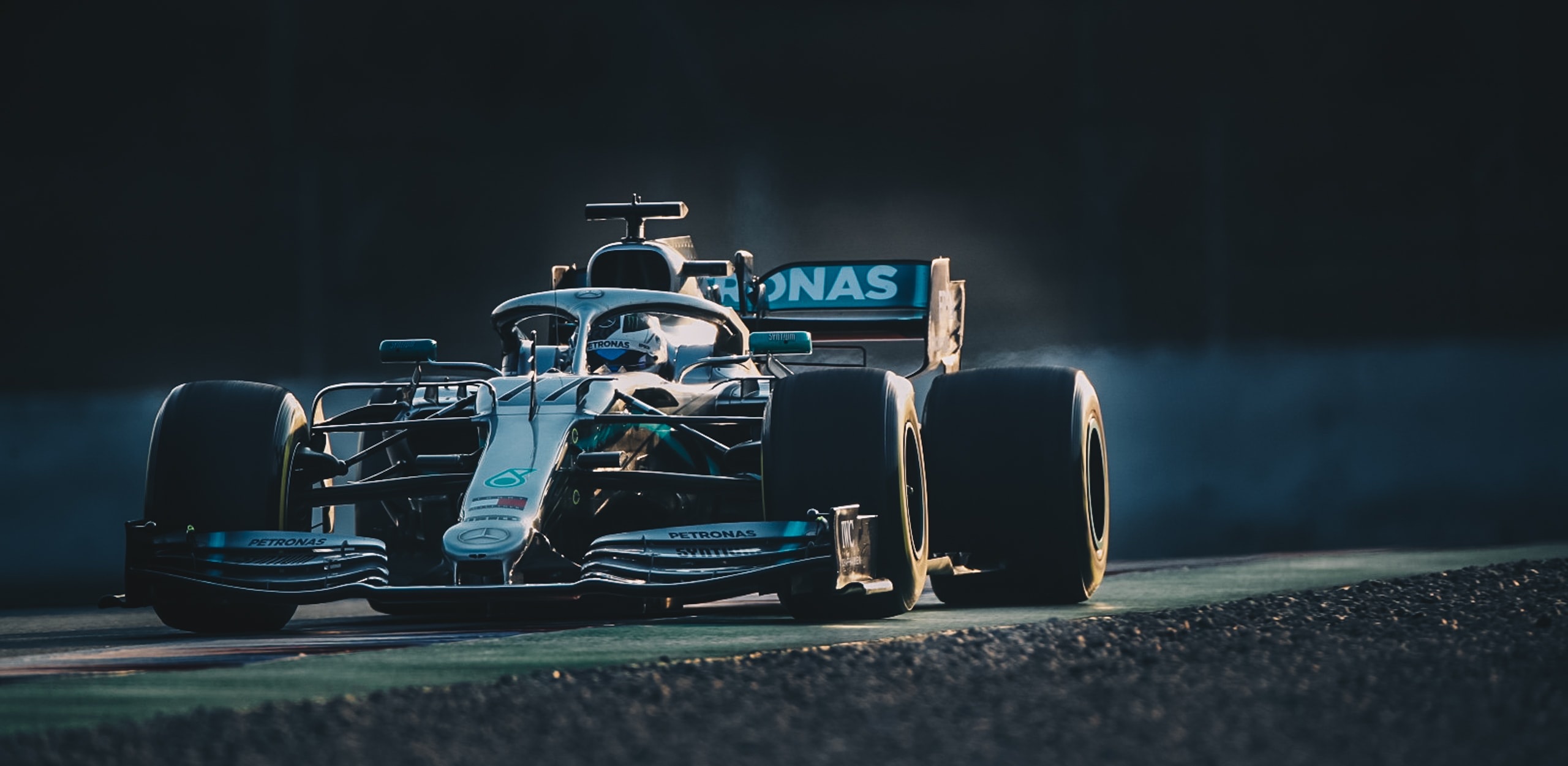
Mercedes spent the time between Week 1 and Week 2 producing an upgraded aero-package that sought to close the W10’s perceived 0.5-second gap to the Ferrari. Hamilton’s final afternoon “lightning lap” suggested that the W10 upgrade had now matched Vettel’s pace. However fast Mercedes is on one lap, it still has a deficit of 0.35-seconds on long runs.
The heavily updated Mercedes W10 remains a handful, slower to turn-in and slower to put down its speed at the exit, suggesting that Week 1’s understeer is still holding the Mercedes back. It’s notable that team principal Toto Wolff advised that undertaking any aero-system re-start could take months to study, design and manufacture before use.
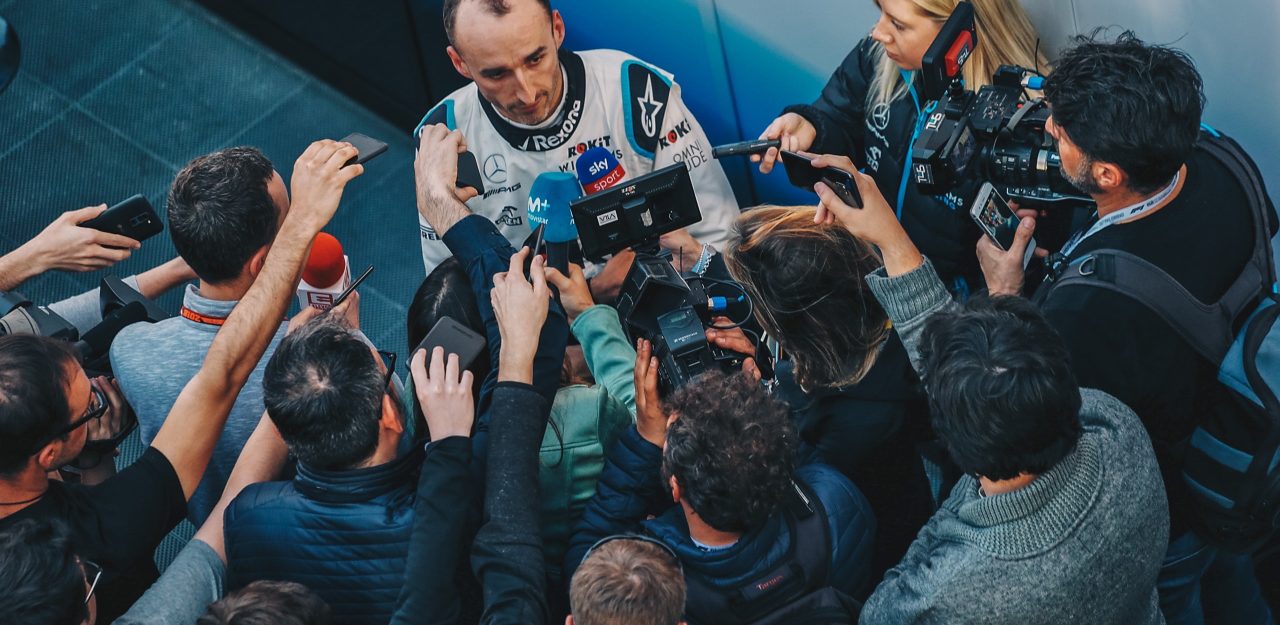
Of note too were Hamilton’s remarks concerning Pirelli’s modified thinner-gauge tyre compounds for 2019, saying that the tyres are now too hard.
So, Mercedes arrives in Australia next week with niggling handling problems not solved through testing. They will also bear the unfamiliar mantle of “most exalted challenger”, a position they have never maintained since the change to the present power unit rules in 2014.
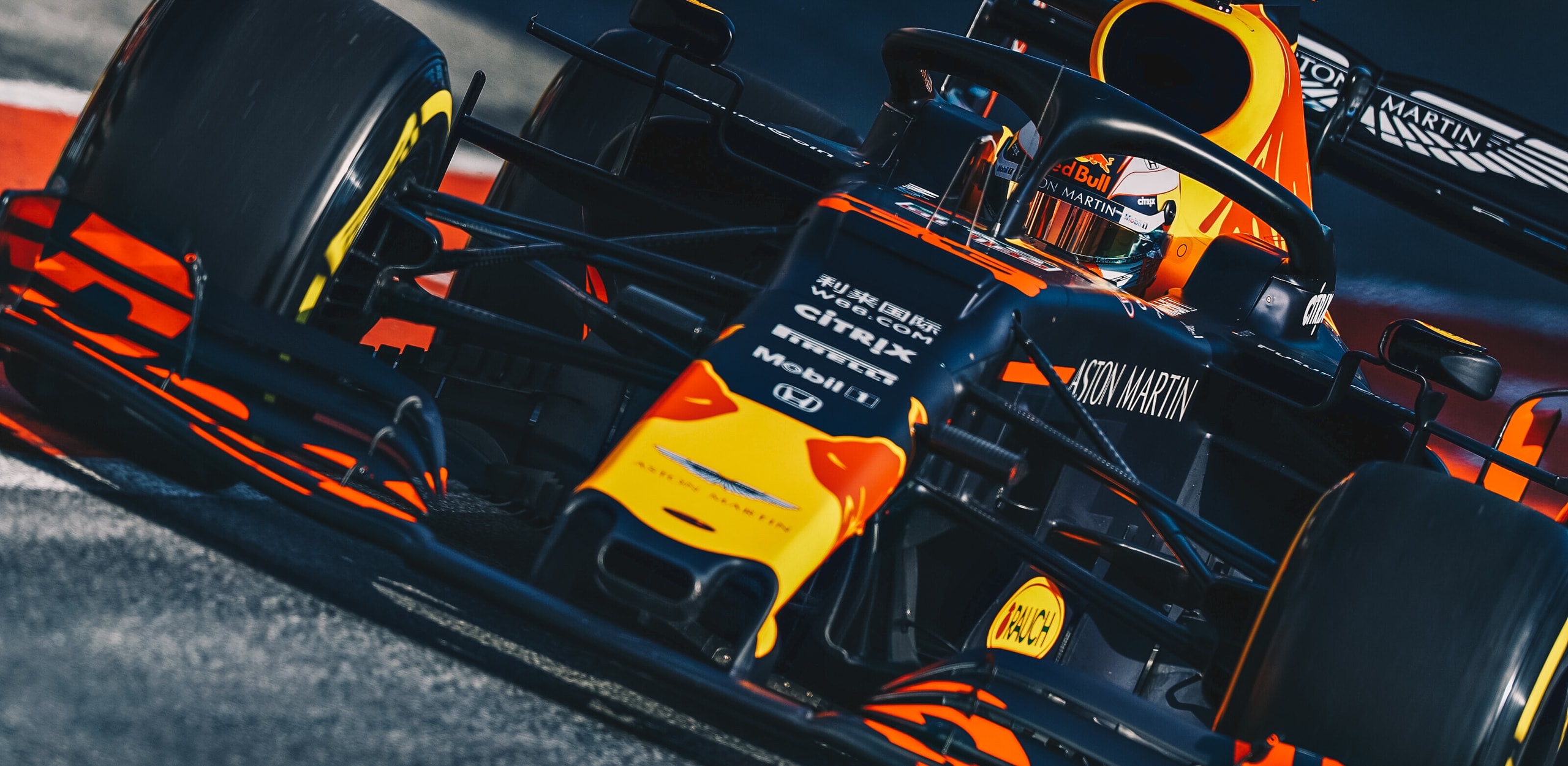
After past seasons of early-testing woes and downtime, Red Bull’s first 2019 Week 1 was a brilliant, especially with their first at-track experience with new engine-partner Honda. The mood was upbeat and relaxed as they took their time to determine the best set-ups for Max Verstappen and Pierre Gasly. The RB15 mimics the Ferrari with its superb handling and speed into and out of corners. Honda’s engine also suggests increased power and smoothness. Week 2 brought another massive crash, courtesy of Gasly, which curtailed Verstappen’s final test day after he found Gasly’s crash had also damaged the gearbox. Work remains on reducing Honda’s qualifying-mode deficit to Mercedes and Ferrari and setting up mapping algorithms that provide both drivers with bespoke engine settings.
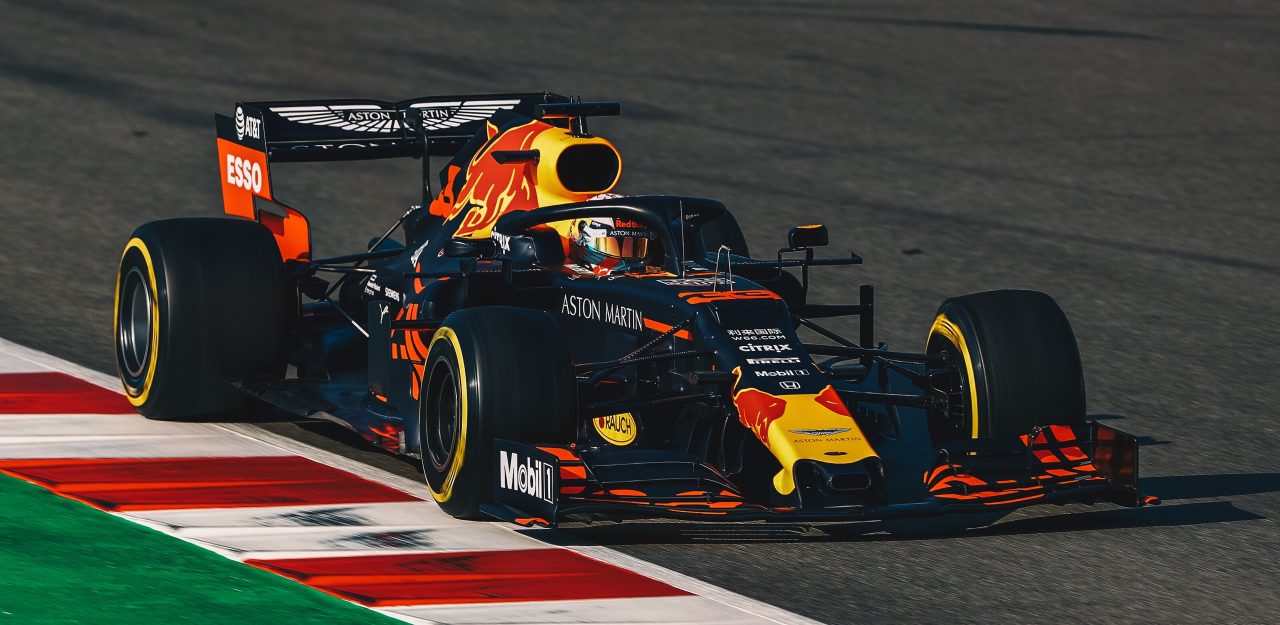
Still, Red Bull is far ahead of their usual pre-season form, and they have a history of coming on strong as a season progresses. The best Red Bull time was Gasly’s Tuesday time on the much harder C3 compound, which after correction places the RB15 on par with Mercedes. Red Bull will still need to burn some midnight oil to provide Verstappen with strong qualifying modes for Melbourne and the three remaining early-season flyaway races. With race simulations showing Red Bull ahead of Mercedes, we wouldn’t bet against them.
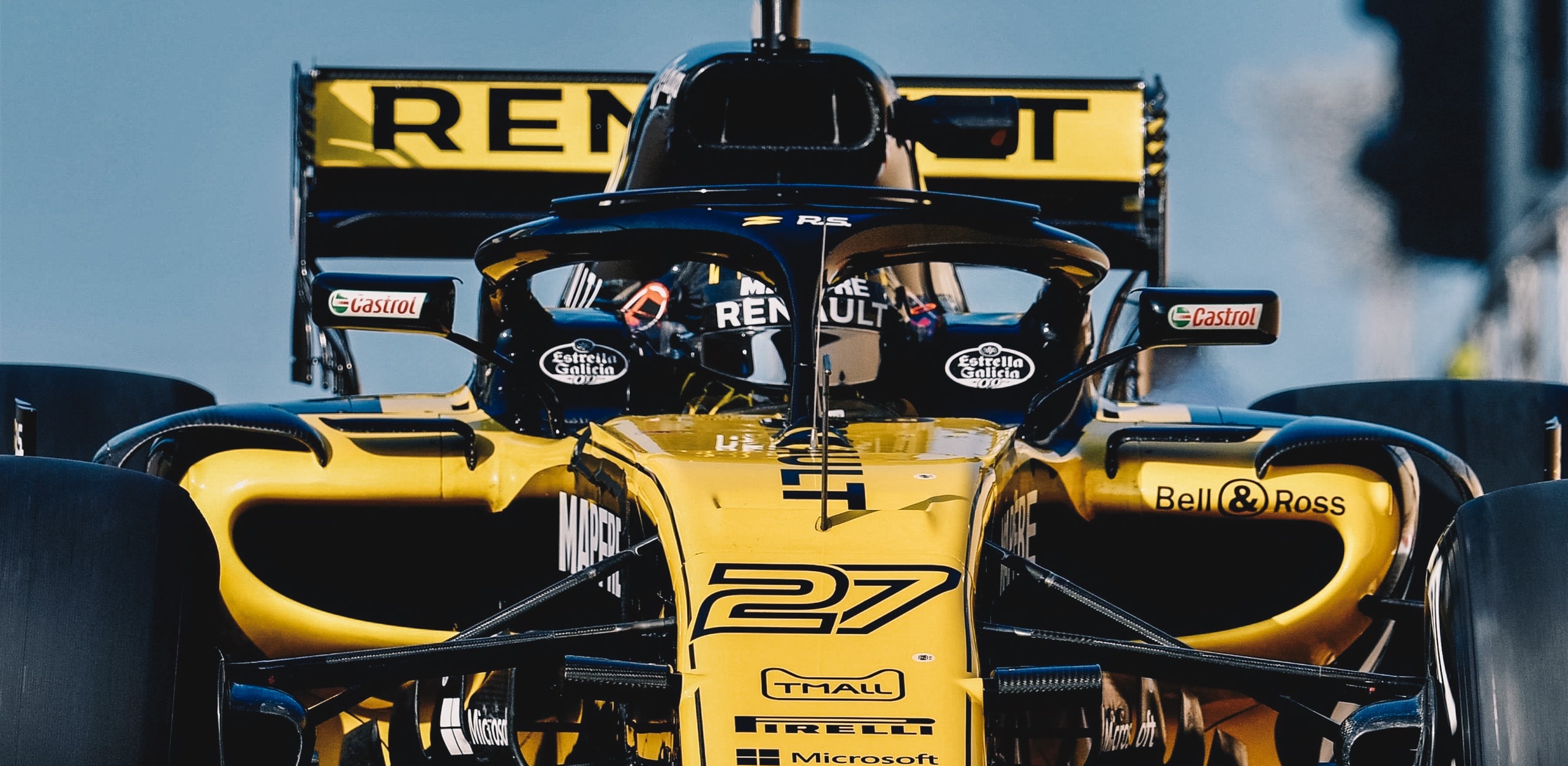
With every part of Renault’s RS19 new, and with few spares, the team approached both test weeks with an eye toward controlled data gathering that would protect them from needing to replace broken parts. Renault has made great strides with their engine, saying that their dyno testing matched the on-track measurements. Unfortunately, with the need for track time as opposed to pure speed, Nico Hulkenberg and Daniel Ricciardo had limited chances to reveal the car’s limits. Still, Hulkenburg received the opportunity to bolt on the soft C5 compound and responded with a very competitive 1.16.843s lap late on Friday.
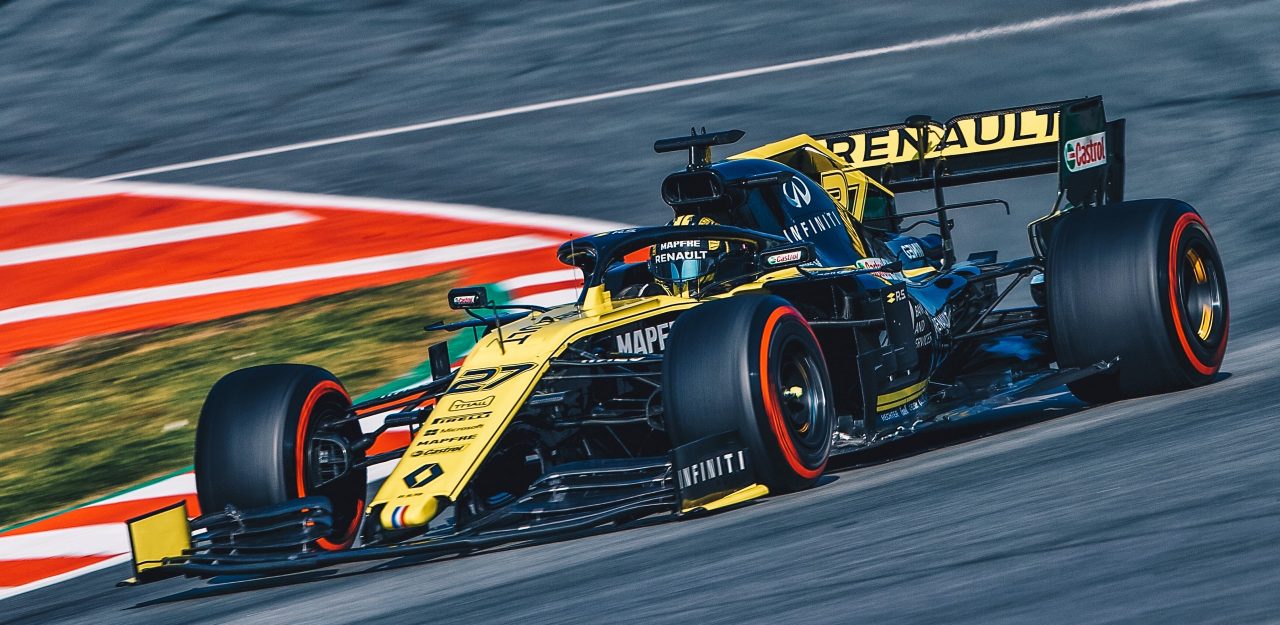
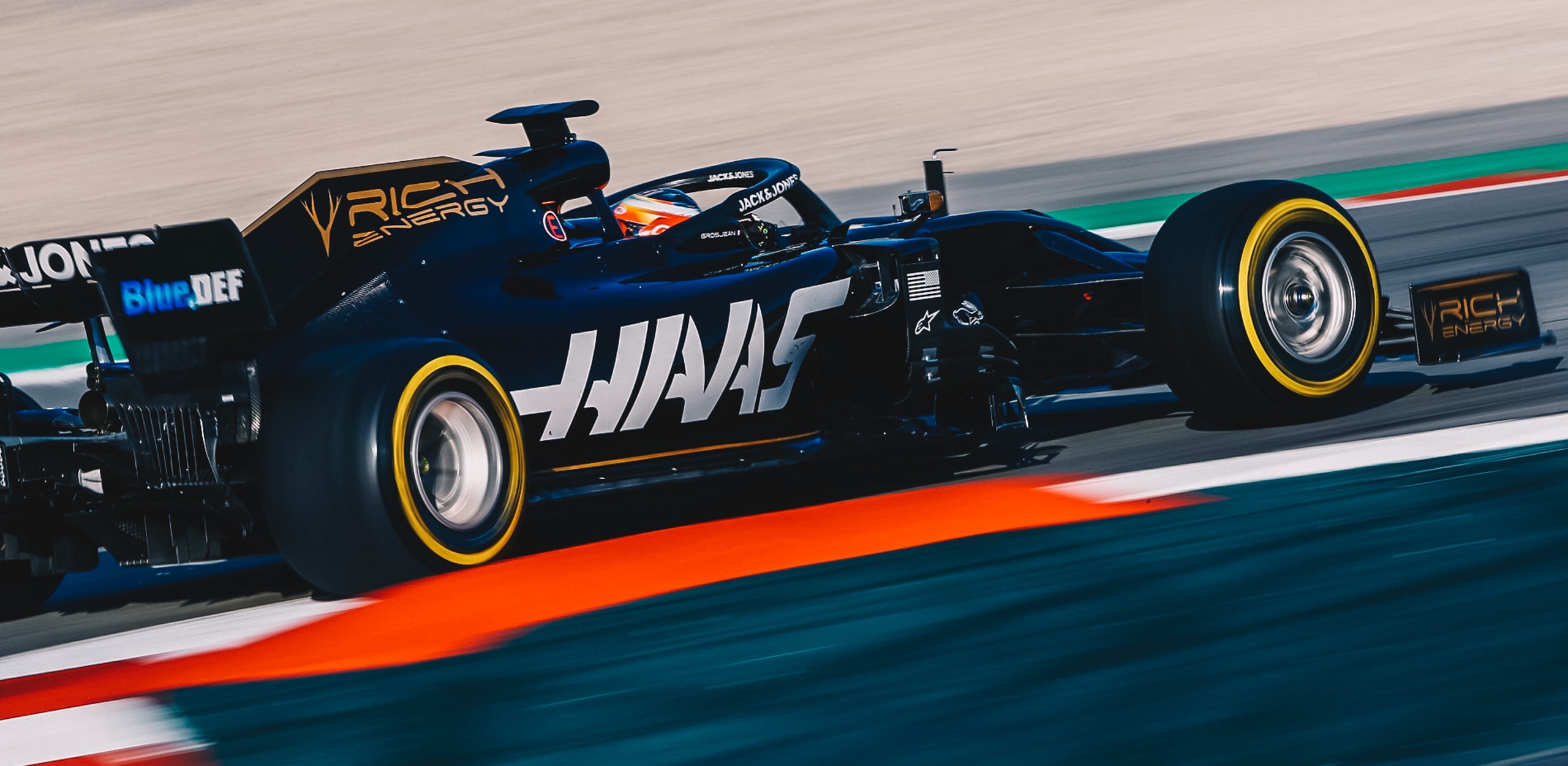
Beset the first week with recurring problems that suggested reliability concerns, the team chose to keep its VF19 at low profile during both tests. Nevertheless, during Week 2, Roman Grosjean was able to set a 1.17.114s lap on the C5 tyre Thursday morning, hinting that Haas isn’t willing to show all its cards. With a Ferrari engine and gearbox and rear suspension, expect it to be a strong mid-field combatant throughout the season.
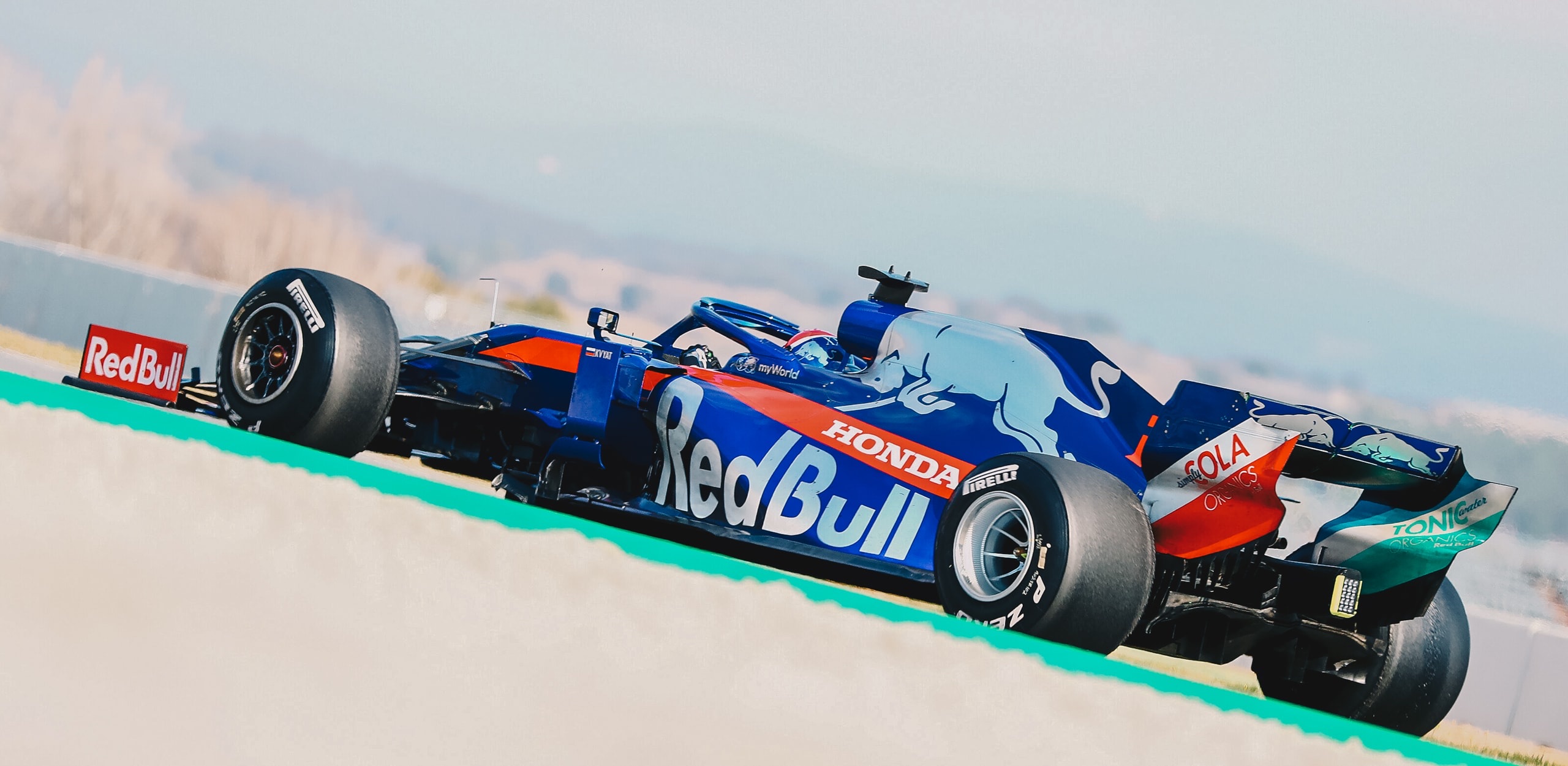
After rookie driver Alex Albon jumped to the top of the timesheets during Week 2, his assessment of the new STR14 was “No nasty surprises”. It’s difficult to doubt him as the car looks forgiving and fast. With advantages such as non-listed Red Bull parts, their more extreme front wing design and Honda’s stronger engine, look for Albon and Daniil Kvyat to pull off a few surprising performances, especially in the early races.
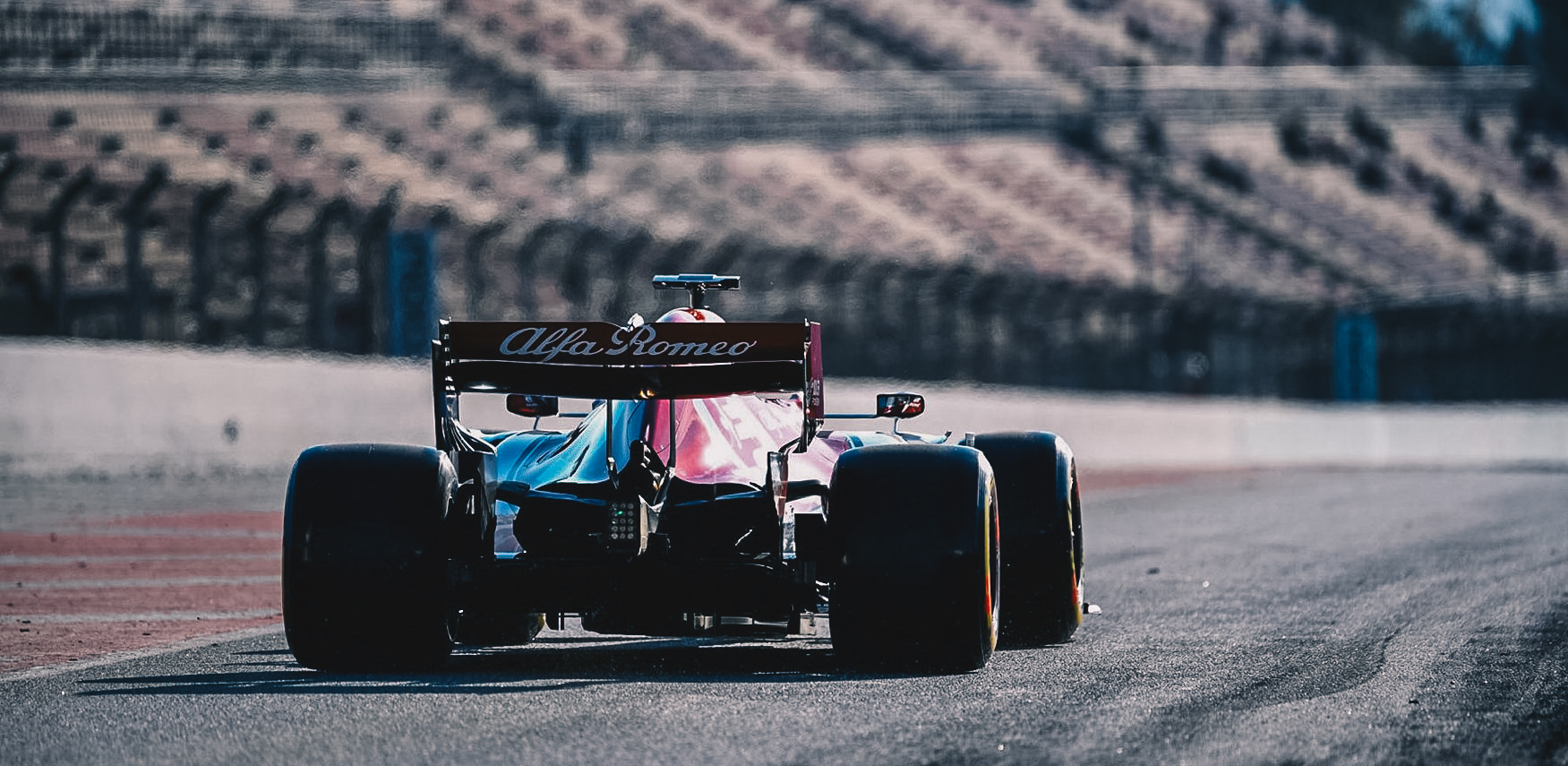
Kimi Raikkonen has returned to the Sauber (now Alfa Romeo) team, and his happiness with the new surroundings has seemingly lifted the team to a new level of performance. The Finn began cranking out consistently fast laps the first morning, eventually propelling the team to the front of the midfield during Week 1, and by Week 2, amplified the certainty the team could battle for the midfield lead throughout the season. Don’t be surprised if Raikkonen re-joins Vettel on the podium on a few occasions.
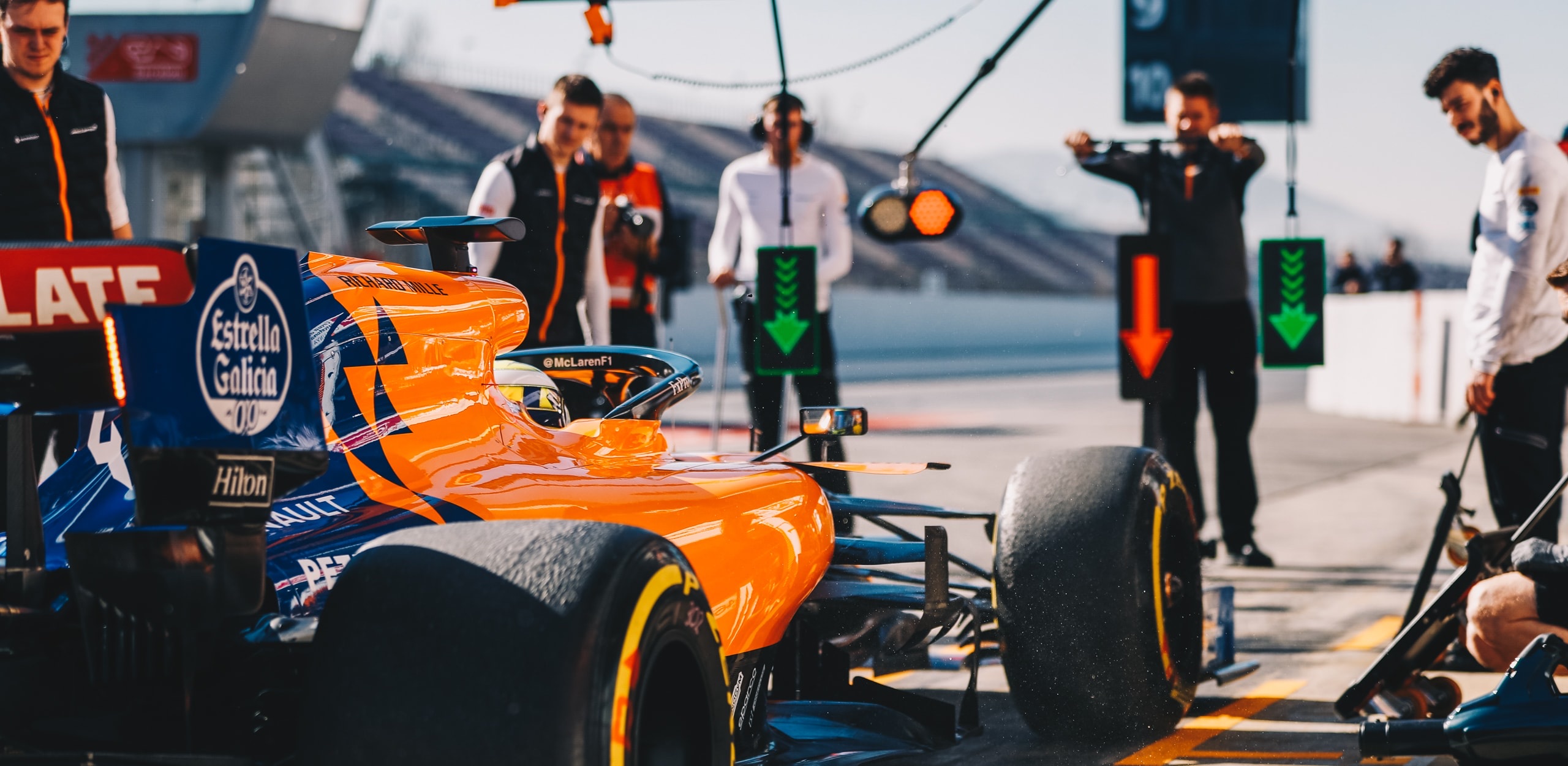
McLaren’s all-new-for-2019 MCL34 isn’t the midfield dominator the team expected. Carlos Sainz Jr and rookie Lando Norris struggled with speed-sapping understeer during Week 1 and then found the car lacked rear-end stability during Week 2. Though a definite improvement over last year’s dismal MCL33, the new aero rules have tightened the speed gaps over the entire midfield pack and thus McLaren remains in the same relative position due to the same predicament – poor handling that robs speed.
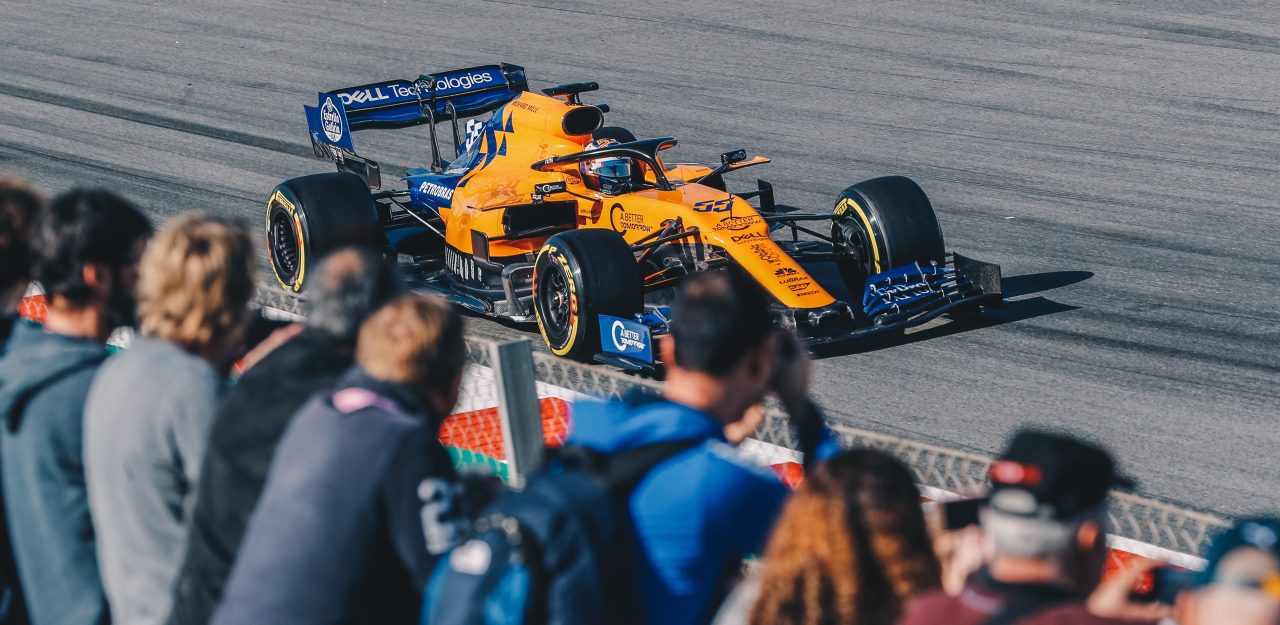
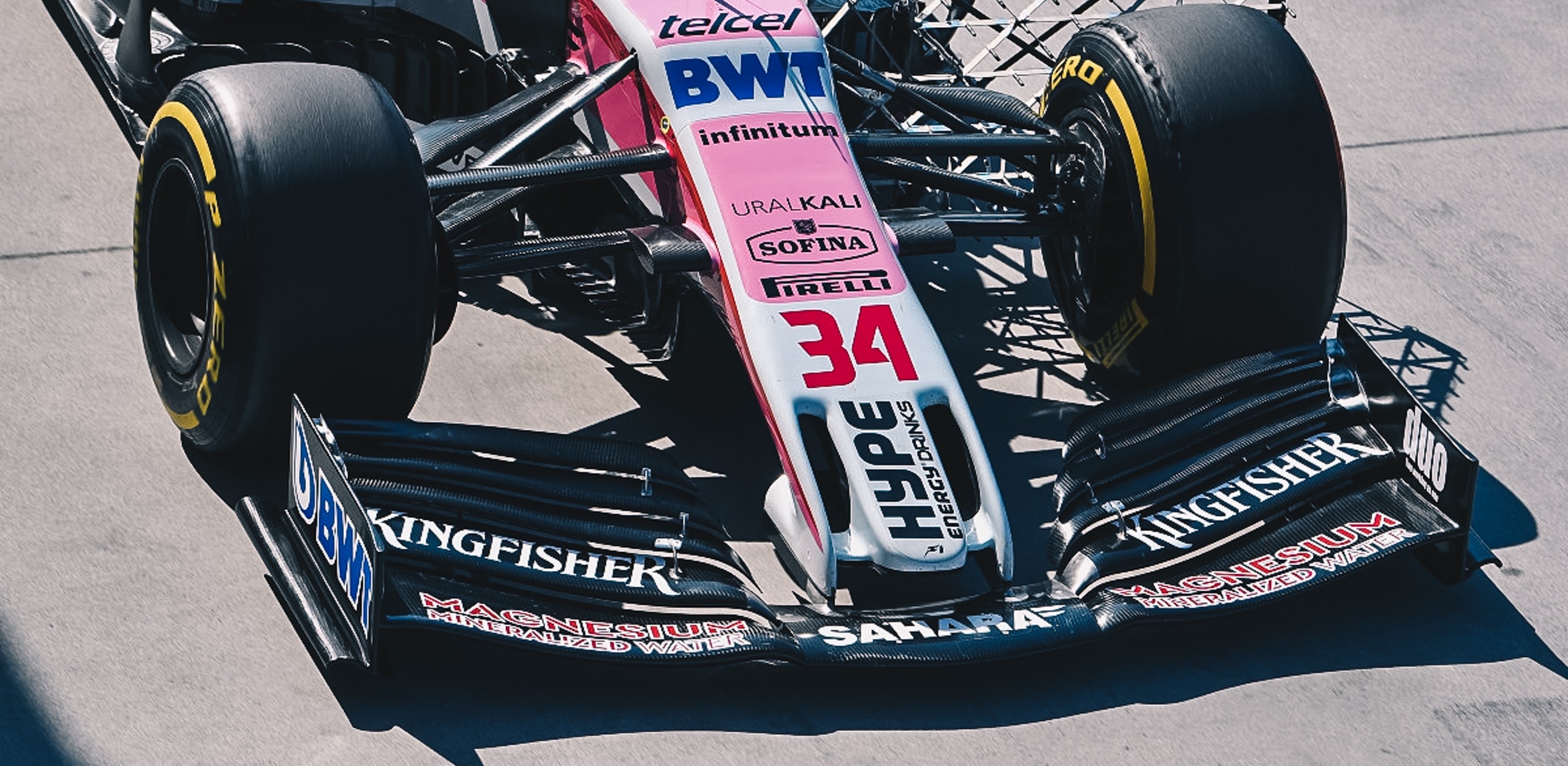
Coming out of administration (Force India) in the later stages of last season brought new squad Racing Point solidity, predictability and confidence. However, the transition occurred too late to influence the design brief of team’s 2019 car. The result saddles the RP19 with the same gearbox/rear suspension used in 2018. Test mileage was very low, as the team struggled just to construct and outfit the car on time. The RP19’s single-lap pace was solid but not class-leading by any means. Look for a big update for Australia and steady development through the season, but don’t expect miracles for a while.
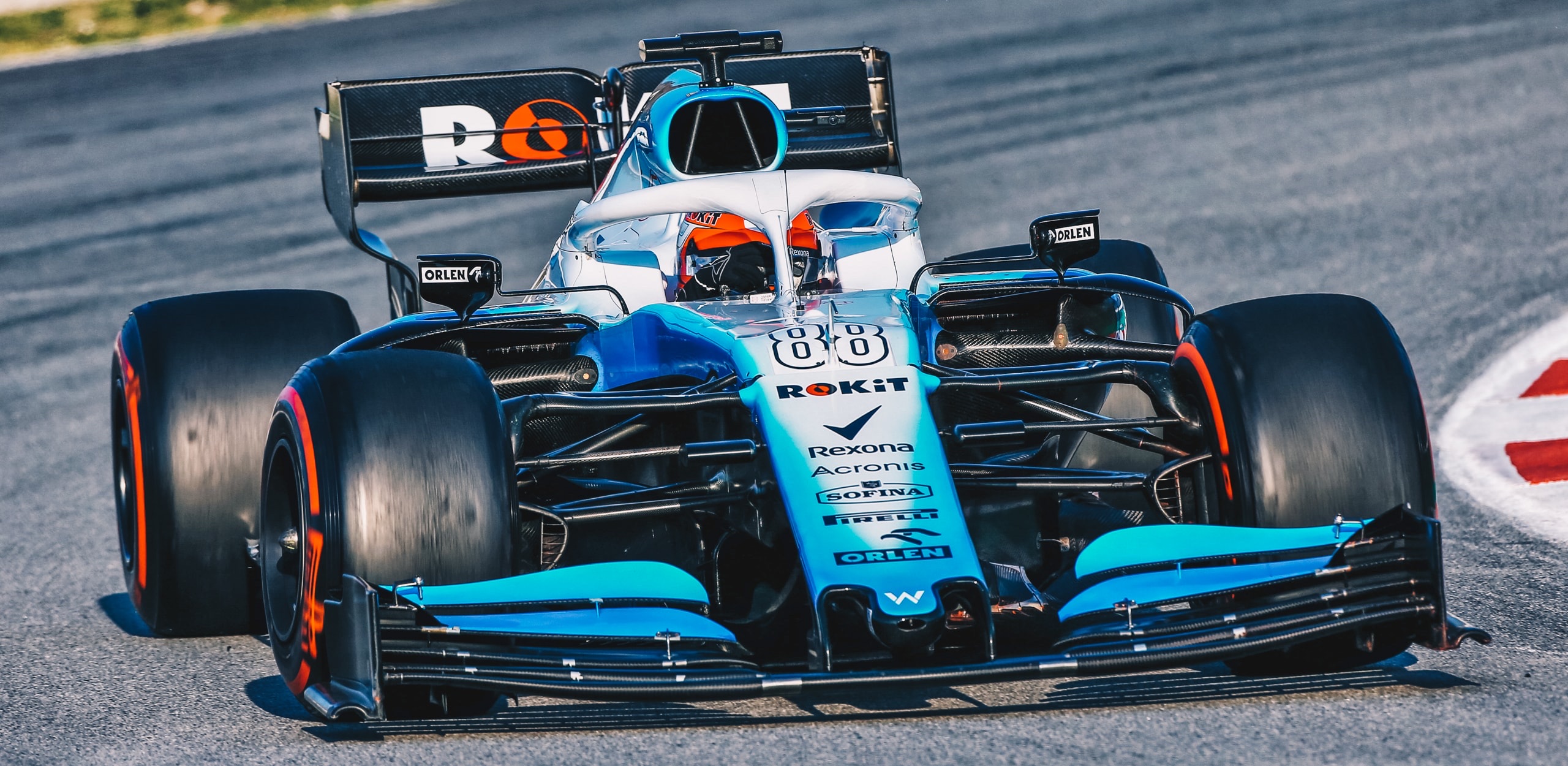
With the Williams FW42 arriving two-and-a-half days late to Week 1, there was little time to learn much about the car through lapping. By the final day of Week 2 testing, Robert Kubica remarked he had discovered “just “20%” of what he needed to know” about the new FW42 and what he did reveal wasn’t pretty – the FW42 is at least 0.5-seconds per lap behind the midfield.
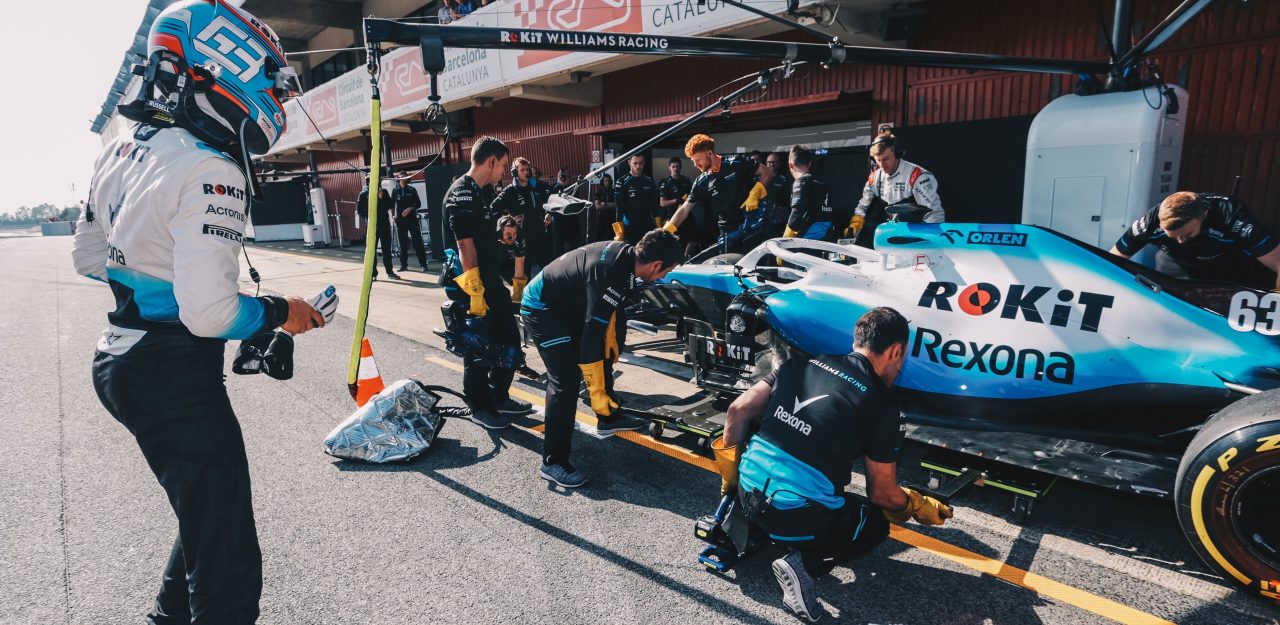
Such are the prospects of the iconic Williams F1 team, winner of eight World Constructors Championships, but now just a shadow of its former glory – it’s the slowest car on the F1 grid today. Running on the harder C2s, George Russell lost 1.6-seconds over the first ten laps. Using the softer C4 and C5 compounds was a case of even greater wear rates and frustration. The team did reach the point of correcting the grossest of handling issues, but without plenty of testing mileage for data measurements, any successful updates remain just dreams.
While nothing is certain until teams present their cars with test-tuned upgrades on Melbourne’s starting grid, March 17, the order looks like this: Ferrari leads – ahead by every current measurement. Just behind, Mercedes and Red Bull will be even closer than last season, followed by Renault, Haas, and Alfa Romeo in a virtual dead heat. Toro Rosso will vie for the next positions with McLaren, followed at length by Racing Point and the luckless Williams.
See you there!
